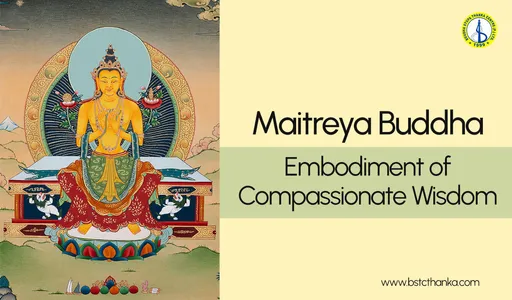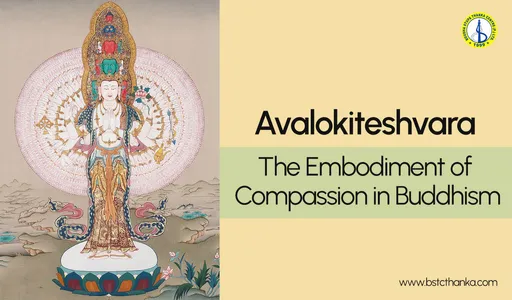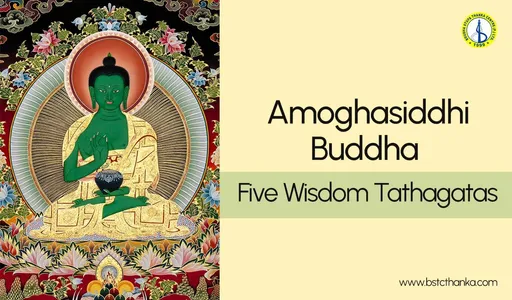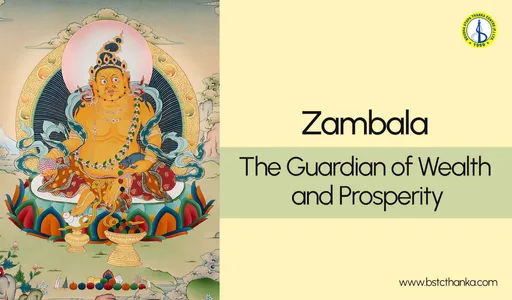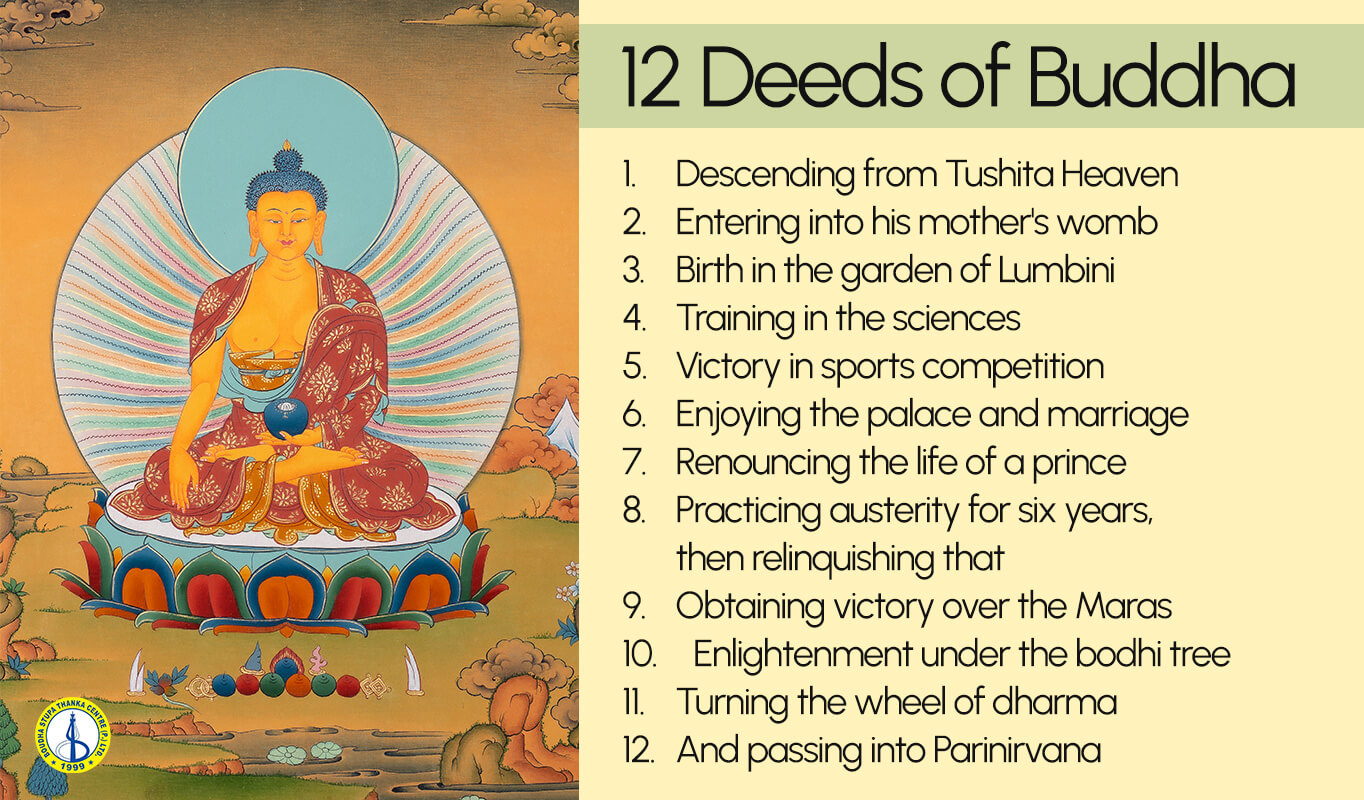
12 Deeds of Buddha | Significant Events of Shakyamuni Buddha
The 12 deeds of Buddha refer to the significant actions and events in the life of Siddhartha Gautam, the founder of Buddhism, who is also known as Shakyamuni Buddha. These deeds are traditionally seen as a model for how to achieve enlightenment. There are some variations in the telling of the deeds between different Buddhist traditions.
The 12 deeds of buddha represents the 12 most significant occurrences in the life of the Buddha. From his birth in a royal family to his final passing into nirvana, each deed teaches us something valuable. The entire cycle of Buddha (Siddhartha Gautama) can be found inscribed in traditional Life of Buddha Thangka Painitngs.
The story of the 12 deeds of Buddha help us understand Buddha's journey and the core ideas of Buddhism. Whether you're new to Buddhism or have been studying it for years, exploring these 12 deeds of Buddha will deepen your understanding of this ancient wisdom.
12 Deeds of Shakyamuni Buddha
The 12 deeds of Buddha are:
- Descending from Tushita Heaven
- Entering into his mother's womb
- Birth in the garden of Lumbini
- Training in the sciences
- Victory in sports competition
- Enjoying the palace and marriage
- Renouncing the life of a prince
- Practicing austerity for six years, then relinquishing that
- Obtaining victory over the Maras
- Enlightenment under the bodhi tree
- Turning the wheel of dharma
- And passing into Parinirvana
Let's explore the 12 deeds of Buddha in detail:
Descending from Tushita Heaven:
The first significant event of the 12 deeds of Buddha is descending from Tushita heaven. Before being reborn as the Buddha, Shakyamuni resided in Tushita heaven. Tushita heaven is a pure land where bodhisattvas prepare for their final rebirth.
Entering into his mother's womb:
Shakyamuni chose to be reborn into the world as the son of Queen Maya Devi, wife of King Suddhodana of the Shakya clan.
Birth in the Garden of Lumbini:
Buddha's story begins with his miraculous birth in Lumbini Grove, under the sheltering branches of a tree. It is believed that he emerged from his mother's armpit, taking seven steps, and with each step, a lotus flower bloomed. This auspicious beginning heralded the arrival of a great spiritual teacher.
Training in the sciences:
During his early years, Siddhartha received a royal upbringing and was instructed in all the scholarly activities and martial arts that a prince would be expected to practice. Prince Siddhartha Gautam wasn't just renowned for his good looks and mastery of various skills, but also for his boundless compassion.
Though born into royalty and destined for a life of luxury, Siddhartha's inherent kindness and empathy led him to question suffering and seek a path to enlightenment. This very quality, his deep concern for the well-being of all beings, would later define him as the Buddha, the awakened one, who dedicated his life to sharing the path to overcoming suffering.
Victory in sports competition:
Siddhartha is said to be excellent in all physical competitions by demonstrating his perfect physical abilities.
Enjoying the palace and marriage:
Siddhartha was married to Princess Yasodhara and had a son, Rahula. He lived a life of luxury and pleasure within the palace walls.
Renouncing the life of a prince:
At the age of 29, Siddhartha took a walk outside the palace for the first time and encountered the realities of old age, sickness, and death. Deeply shaken by these sights, he realized the temporariness of human life and resolved to find a way to liberate himself from suffering. He leaves his princely life and sets out on his spiritual search.
Siddhartha Gautam, later known as Gautama Buddha by world, wasn't born seeking detachment from material life. Sheltered within the palace walls, he experienced only luxury and comfort. Yet, a chance encounter with the realities of illness, old age, and death caused deep questioning. He came to understand that all things (physical objects, emotions, relationships, or experiences) were an inherent aspect of life, realizing that genuine happiness could not be attained through temporary material possessions. This gave him a burning desire for liberation, leading him to leave his princely life and board on a spiritual journey to find a lasting escape from suffering.
Practicing austerity for six years:
Siddhartha searched for wisdom from a renowned Guru and even tried living a very strict life to find true understanding. However, he eventually came to realize that self-punishment was not the path to liberation.
Siddhartha Gautam, the founder of Buddhism, rejected the extremes of both luxurious living and extreme self-sacrifice. He believed true enlightenment lay in a "middle path," the Eightfold Path, which focused on ethical conduct, mindfulness, and wisdom. This path advocated for a balanced and moderate lifestyle, avoiding both excess enjoyment and self-absorption. By following this middle way, Siddhartha believed individuals could achieve liberation from suffering and attain Nirvana, a state of perfect peace and enlightenment.
Obtaining victory over the Maras:
As Siddhartha sat in meditation under the Bodhi tree, determined to attain enlightenment, he was challenged by the demon Mara and his army of temptations. Siddhartha remained steadfast in his resolve and overcame these distractions.
Enlightenment under the Bodhi tree:
While historical records are sparse, it's believed Siddhartha Gautam, the future Buddha, lived a sheltered life in his palace for the first 29 years. There's no mention of formal meditation practices during this time.
However, some traditions suggest he might have begun questioning his sheltered existence and pondering the deeper meaning of life, perhaps laying the groundwork for his later spiritual pursuits. Around the age of 29, he ventured outside the palace for the first time and encountered the harsh realities of old age, sickness, and death.
These experiences sparked a profound desire to understand suffering and find a path to liberation. This led him to leave his royal life and seek guidance from renowned teachers.
He then embarked on a period of intense meditation and self-denial for around six years, practicing severe austerities in the hope of achieving enlightenment. However, he eventually concluded that this path wasn't the answer and instead sought a "middle way" between self-indulgence and self-mortification.
After 49 days of meditation under the Bodhi tree in Bodh Gaya, Siddhartha attained enlightenment and became known as the Buddha, the awakened one.
Turning the wheel of dharma:
The Buddha spent the next 45 years teaching the Dharma, the path to liberation from suffering, to others. He delivered his first sermon at Sarnath to his five former companions.
Passing into Parinirvana:
The last deed of buddha was passing into Parinirvana. At the age of 80, the Buddha entered Parinirvana, a state of complete peace and liberation.At the age of 80, the Buddha entered Parinirvana, a state of complete peace and liberation.
Significance of 12 Deeds of Buddha
The 12 Deeds of Buddha are more than just historical events. They represent key teachings and principles of Buddhism that continue to guide millions of people today. Each deed highlights an important aspect of Buddha's journey to enlightenment and his role as a spiritual teacher.
These twelve deeds of Shakyamuni Buddha serve multiple purposes:
- Teaching tool: They offer a structured way to learn about Buddha's life and teachings.
- Inspiration: They show Buddha's human side and his gradual path to enlightenment, inspiring others to follow a similar path.
- Symbolism: Each deed symbolizes deeper spiritual truths and concepts in Buddhism.
- Cultural significance:12 deeds of Buddha are often depicted in Buddhist art and literature across various cultures.
- Meditation focus: Many practitioners use these deeds as subjects for contemplation and meditation.
Also Read: 12 Links of Dependent Origination in Buddhism
Conclusion
The 12 deeds of Buddha describe the significant events and actions in the life of Siddhartha Gautama, who later became known as the Buddha. These deeds symbolize the Buddha's journey from a sheltered prince to an enlightened spiritual teacher. They demonstrate his gradual realization of suffering in the world, his rejection of extreme lifestyles, and his ultimate attainment of enlightenment under the Bodhi tree. The 12 deeds serve as an inspirational teaching tool, highlighting the Buddha's human experience and the spiritual principles at the heart of Buddhism.
Also read: Four Noble Truths of Buddhism
FAQs
Why are these deeds important in Buddhism?
These deeds are important because they illustrate Buddha's path to enlightenment and his teachings. They serve as a guide for Buddhist practitioners and symbolize key Buddhist principles.
Do all Buddhist schools recognize the 12 Deeds?
Most Buddhist traditions recognize these deeds, but the exact number and details may vary slightly between different schools of Buddhism.




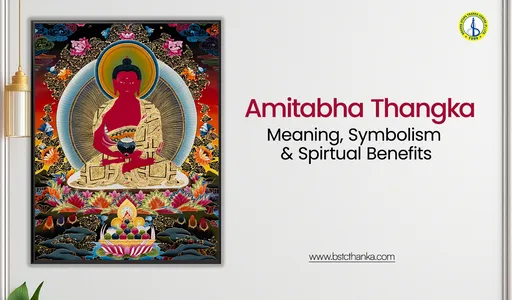
.webp)
